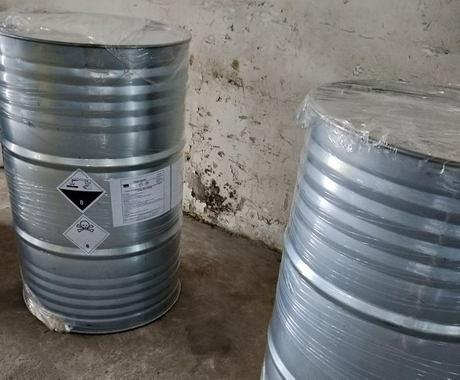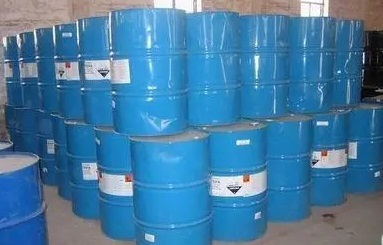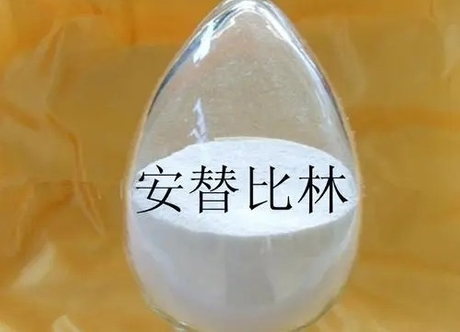1.What is Chelation?
The metal atom or ion interacts with a ligand containing two or more coordinating atoms to form a complex with a cyclic structure, which is called a chelate. This ligand substance that can generate chelate is called chelating agent, also known as complexing agent.
There are two or more coordinating atoms in the ligand, and at the same time it forms a chelating ring with a central atom (or ion). Due to the ring-forming effect of the chelating agent, the chelate is more stable than the non-chelating coordination compound with similar composition and structure.
Most chelating agents are organic ligands. The chelating agent that has been discovered so far is up to fourteen teeth. The most common coordination atoms in chelating agents are oxygen and nitrogen, followed by sulfur, phosphorus and arsenic.
The use of "chelators" to describe this type of compound is because the molecular structure is very similar to the "crab" and the two large "pincers" clamp metal atoms or ions.

2.What is the Chelate Effect?
The chelate formed by the same metal ion and a chelating agent is more stable than the complex formed by a single rodent ligand with the same coordinating atom. This special stability is caused by ring formation. The increased stability due to the formation of the chelating ring is called the chelating effect.
The stability of the chelate is measured by the stability constant of the chelate. The greater the stability constant, the higher the stability of the chelate. Assume that the chelate formed by the chelating agent and the metal ion is ML (the simplest case).
3.What is a Chelating Agent Used for?
Chelation has a wide range of applications in chemical research and industrial production.
In the chemical industry and industrial production process, adding chelating agents to make metal ions generate chelate with completely different properties is the main method to reduce and control the concentration of metal ions.
Chelates are widely used in mineral flotation process, hydrometallurgy, extraction and separation of metal elements, catalytic synthesis of substances, water softening, electroplating process, pharmaceutical industry, dyeing process, etc.
Chelates are widely used in the bleaching of chemical, mechanical and deinked pulps where hydrogen peroxide and hypochlorous acid are used as bleaching agents. Some chelating agents can be used in medicine for the treatment of lead and mercury poisoning.
1. It can effectively inhibit the catalytic decomposition of hydrogen peroxide and hypochlorite bleaching agents caused by metal ions, improve the bleaching efficiency, save the bleaching liquor and reduce the bleaching cost.
2. It has strong catching ability and dispersing effect on Fe3 + ions. It can avoid the reaction of Fe3 + ions and phenol groups in pulp to form dark color complex, protect fiber, improve pulp whiteness and reduce pulp yellowing.
3. It can effectively prevent the chemical reaction of calcium, magnesium and other metal ions in the pulp bleaching process to form precipitates, so as to prevent the scaling of system equipment and pipelines, and gradually remove the original scaling of the rinsing system.
4. It has a certain dispersing ability and can improve the dispersibility of sodium silicate.
5. Protect the pulp fiber and prevent the damage of NaOH peeling reaction to the fiber.
6. Compared with the traditional DTPA, it has good performance price ratio.
7. It is used for separation and purification of metal elements, dyeing of fabrics and making organic pigments.
Our chelating agents are of excellent quality and low price, mainly including the following products:
DTPA CAS: 67-43-6
White crystal, soluble in hot water and alkali solution, slightly soluble in water, insoluble in organic solvents such as alcohol and ether. High-efficiency chelating agent, strong chelating, used in color inhibitors in acrylic fiber production, paper industry, water softeners, textile auxiliaries, chelating titrants, etc.
DTPA-FeNa CAS: 12389-75-2
EDTA CAS: 60-00-4

Ethylenediaminetetraacetic acid (EDTA) is an organic compound, its chemical formula is C10H16N2O8, it is a white powder under normal temperature and pressure. It is a chelating agent that can combine with divalent metal ions such as Mg2+, Ca2+, Mn2+, Fe2+. Since most nucleases and some proteases require Mg2+, they are often used as inhibitors of nucleases and proteases; they can also be used to remove the inhibitory effect of heavy metal ions on enzymes.
EDTA-2Na CAS: 6381-92-6
EDTA-4Na CAS: 13254-36-4
EDTA-CaNa2 9% CAS: 23411-34-9
EDTA-MgNa2 5.5% CAS: 14402-88-1
EDTA-ZnNa2 14.5% CAS: 14025-21-9
EDTA-CuNa2 14.5% CAS: 14025-15-1
EDDHA Fe 6% CAS: 16455-61-1
Chelates are complexes with cyclic structures. MOSINTER GROUP specializes in the production of chelating agents and other high-quality chemicals. We export chelating agents to many countries and cooperate with many customers. We are a very reliable and cooperative company.
If you are interested in our products, please contact us.





